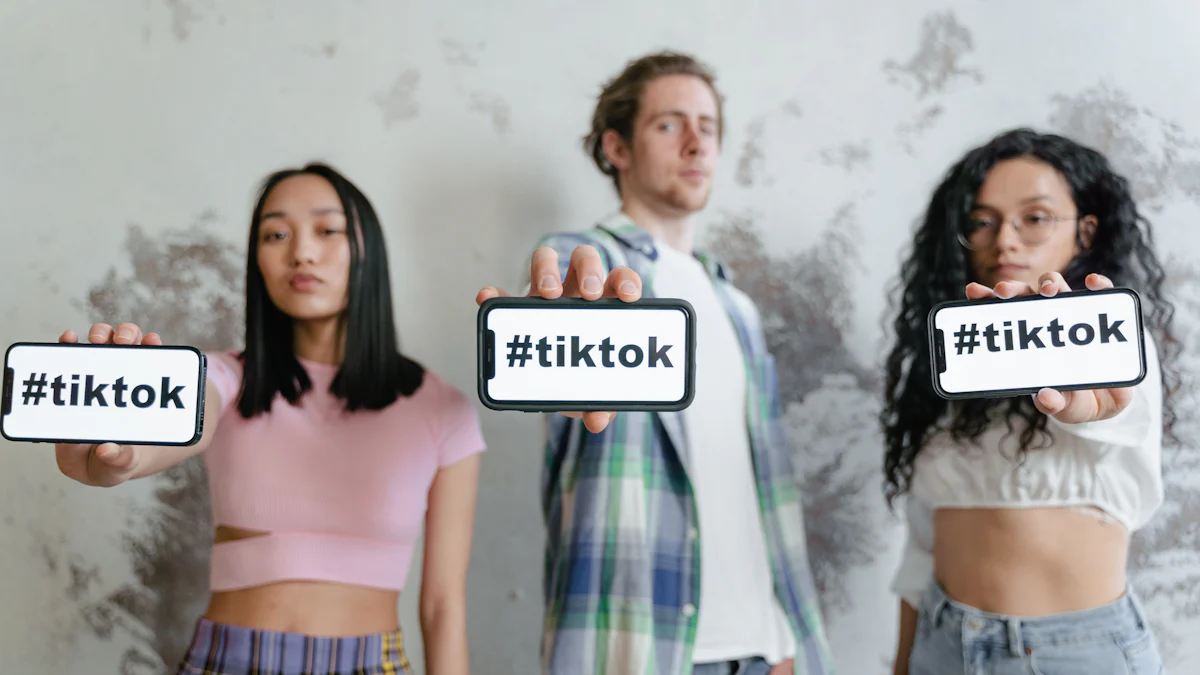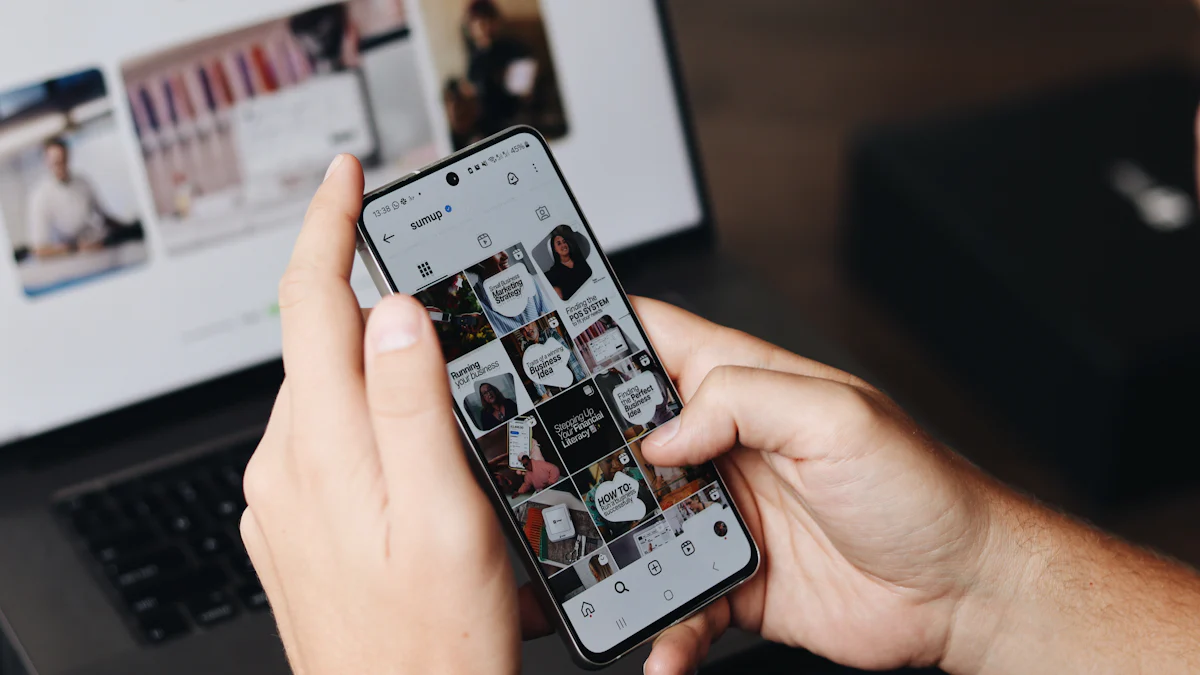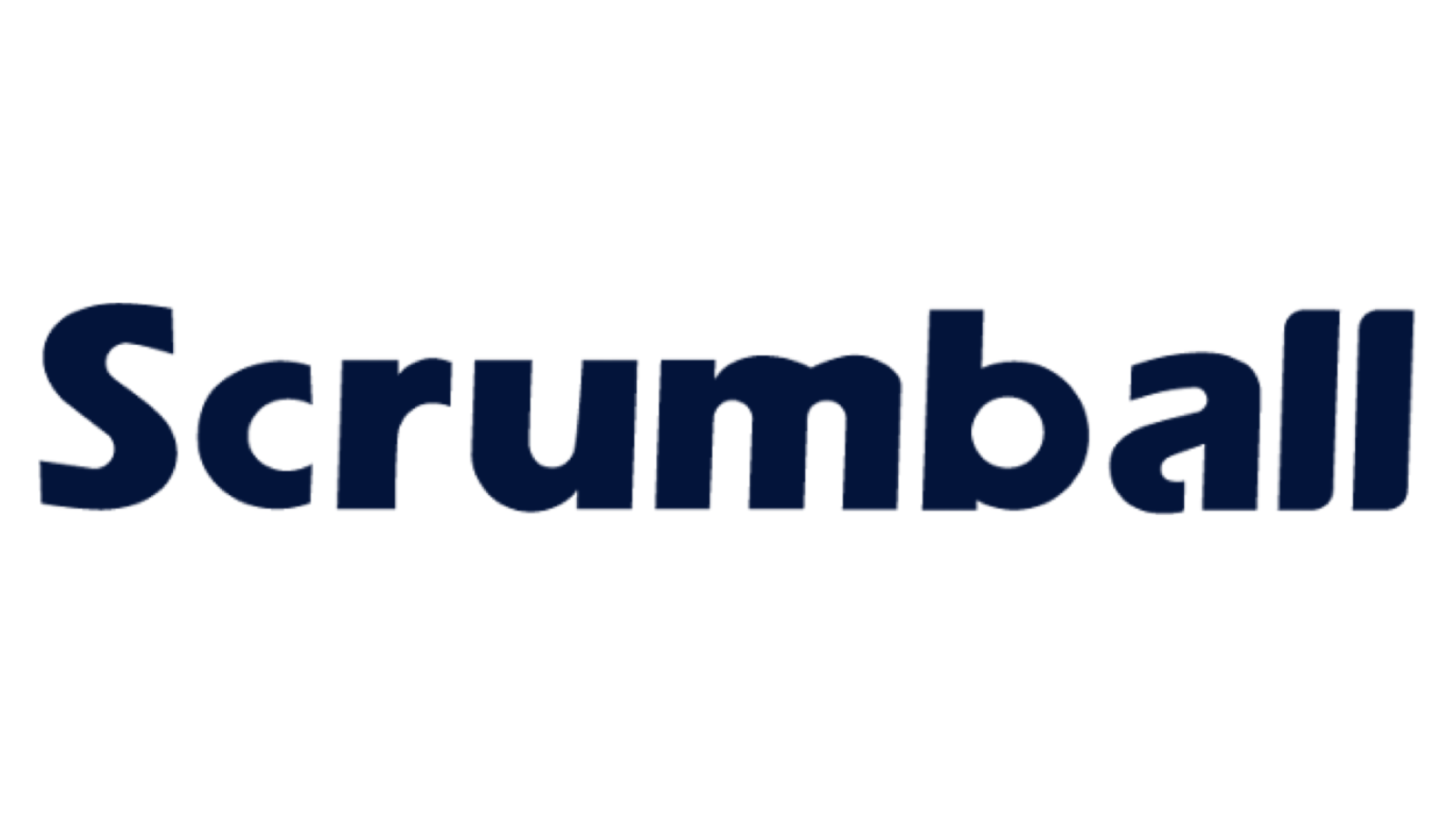What Makes an Influencer Marketing Platform Great

Influencer marketing has become a game-changer for brands like yours. It’s no surprise, considering the industry was valued at $21.1 billion in 2023 and is projected to grow even further. Did you know influencer marketing delivers an average ROI that’s 11 times higher than other digital media? That’s huge! But here’s the catch—managing campaigns and tracking ROI can be tricky. In fact, 60% of marketers say monitoring ROI is their biggest challenge. This is where the best influencer marketing platform steps in, simplifying everything from finding influencers to measuring success.
| Statistic | Value |
|-----------|-------|
| Projected spending on influencer marketing in 2025 | $9.29 billion |
| Average ROI of influencer marketing | 11 times ROI over other forms of digital media |
| Industry valuation in 2023 | $21.1 billion |
| Percentage of marketers using influencer marketing | 25% |
| Biggest challenge in influencer marketing | Monitoring ROI (60%) |
Comprehensive Features

Influencer Discovery
Finding the right influencers can feel like searching for a needle in a haystack. That’s where advanced algorithms come in. These tools analyze massive datasets to match influencers with your brand’s goals. They consider factors like engagement rates, audience demographics, and even content performance. This beats manual searches, which are often time-consuming and prone to errors.
You also get access to customized search filters. Want influencers with a specific follower count or niche? No problem. Filters let you narrow down results to find the perfect fit. Plus, the best influencer marketing platform offers verified databases. This ensures you’re connecting with real influencers, not accounts with fake followers.
Campaign Management
Managing campaigns can get overwhelming, especially when juggling multiple influencers. Platforms simplify this with tools for setting budgets, goals, and timelines. You can plan everything in one place, making it easier to stay on track.
Workflow automation is another game-changer. It streamlines tasks like content approvals and payment processing. For example, brands like Glossier use automation to repost influencer content, boosting their reach effortlessly. Communication tools also help you maintain strong relationships with influencers, ensuring smooth collaboration.
Analytics and Reporting
Data is your best friend when it comes to measuring success. Real-time analytics let you track performance as campaigns run. You can see metrics like reach, impressions, and engagement, helping you understand what’s working.
ROI measurement tools are essential too. They show how much value your campaigns generate, so you can optimize future strategies. Platforms also provide insights into audience demographics. This helps you target the right people and improve engagement.
With these features, the best influencer marketing platform makes influencer marketing not just manageable but highly effective.
User Experience
Ease of Use
Intuitive navigation and minimal learning curve
When you’re managing influencer campaigns, the last thing you want is a platform that feels like a maze. The best influencer marketing platform simplifies navigation, making it easy to find influencers and track campaigns. Clear menus, buttons, and labels guide you through every step. You’ll save time and avoid errors thanks to an interface designed to reduce the learning curve. Features like guided tours or tutorials help you get started quickly, even if you’re new to influencer marketing. Over time, the platform can adapt to your preferences, making your experience even smoother.
Customizable workflows for team alignment
Every team works differently, and your platform should reflect that. Customizable workflows let you tailor processes to fit your team’s needs. Whether you’re setting up approval chains or assigning tasks, you can align everyone without breaking a sweat. This flexibility ensures your team stays on the same page, boosting productivity and collaboration.
Design and Functionality
Mobile-friendly and responsive interface
In today’s fast-paced world, you need a platform that works wherever you are. A mobile-friendly and responsive interface ensures you can manage campaigns on the go. Whether you’re checking performance metrics or approving content, everything works seamlessly on your phone or tablet. This isn’t just about convenience—it’s about creating a smooth path from influencer content to consumer action. A responsive design enhances productivity and ensures you never miss a beat.
Seamless integration with other marketing tools
Your platform should work well with the tools you already use. Integrations with social media platforms, analytics tools, and e-commerce systems make your job easier. For example, you can track campaign performance directly in Google Analytics or manage influencer collaborations through content creation tools like Canva. These integrations streamline your workflow, giving you more time to focus on strategy.
Customer Support
Availability of live chat, email, or phone support
Great customer support can make or break your experience. The best platforms offer live chat, email, or phone support to help you whenever you need it. Whether you’re troubleshooting an issue or learning a new feature, quick and helpful assistance is always available.
Comprehensive knowledge base and tutorials
Sometimes, you want to figure things out on your own. A comprehensive knowledge base filled with tutorials and FAQs lets you do just that. These resources empower you to solve problems and learn at your own pace, making the platform even more user-friendly.
Scalability and Flexibility
Adaptability to Business Sizes
Suitable for small businesses, mid-sized companies, and enterprises
Whether you’re running a small business or managing a large enterprise, the best influencer marketing platform grows with you. It’s built to handle your needs, no matter the scale. For small businesses, scalability means you can start with basic features and expand as your campaigns grow. Enterprises, on the other hand, benefit from robust infrastructure that supports high-volume campaigns and complex workflows.
Platforms achieve this adaptability through modular designs and automated workflows. These features let you adjust tools and processes as your business evolves. For example, a telecommunications company customized its platform to automate customer service, cutting complaint resolution time by 40%. Meanwhile, a small marketing agency tailored its system to manage leads, boosting conversions by 30%. This flexibility ensures you’re always equipped to meet your goals.
Customizable features for different campaign needs
Every campaign is unique, and your platform should reflect that. Customizable features let you tweak workflows, budgets, and goals to fit your strategy. Whether you’re running a one-off promotion or a long-term partnership, you can adjust the platform to suit your needs.
This flexibility also keeps costs in check. You won’t pay for features you don’t use, making it easier to stick to your budget. Plus, scalable content management ensures your platform can handle increased activity as your campaigns grow.
Industry-Specific Solutions
Support for niche industries and audiences
Not all industries are created equal, and neither are their audiences. Platforms like AspireIQ and BuzzSumo cater to niche markets by offering tools that match influencers with specific industries. For example, BuzzSumo identifies creators who excel in niche content, while AspireIQ connects brands with influencers who specialize in unique markets.
Flexibility to accommodate various campaign goals
Your goals might range from boosting brand awareness to driving sales. Platforms like Traackr and Grin provide tools to support these diverse objectives. Whether you’re targeting a broad audience or a specific demographic, these platforms adapt to your needs. This ensures your campaigns stay effective, no matter the industry or goal.
Cost-Effectiveness
Pricing Models
Transparent and flexible pricing plans
When it comes to pricing, you want clarity and options. The best influencer marketing platforms offer transparent pricing plans that fit your budget and goals. Whether you're a small business or a large enterprise, these platforms ensure you know exactly what you're paying for.
Here’s a quick look at common pricing models and how they benefit your business:
| Pricing Model | Description | Benefits for Businesses | |-----------------------------|-----------------------------------------------------------------------------|------------------------------------------------------------------| | Flat-Rate Pricing | Influencers charge a fixed amount for their services. | Easy to track and account for costs. | | Cost-per-Click/Acquisition | Influencers are paid based on the number of clicks or acquisitions. | Rewards influencers for successful campaigns. | | Cost-Per-Mile | Influencers are paid for every 1000 impressions. | Best for influencers with large followings. | | Freebies/Gifts | Influencers receive free products or services as payment. | Incentivizes influencers and makes them feel valued. | | Affiliate Marketing | Influencers earn a commission for sales made through their campaigns. | Best for influencers who can drive sales effectively. |
These flexible options let you choose what works best for your campaign. For example, affiliate marketing is perfect if you want to focus on driving sales, while flat-rate pricing keeps things simple for brand awareness campaigns.
Options for subscription-based or pay-as-you-go models
You also get to pick between subscription-based or pay-as-you-go models. Subscription plans are great if you want consistent billing and long-term access to features. On the other hand, pay-as-you-go models let you pay only for what you use, making them ideal for one-off campaigns.
| Model Type | Advantages | Disadvantages | |---------------------|---------------------------------------------------------------------------|--------------------------------------------------------------------------| | Pay-As-You-Go | - Lower upfront costs attract users | - Challenging to retain customers due to lack of commitment | | | - Charges based on actual usage can lead to faster revenue growth | - Revenue is unpredictable, making forecasting difficult | | | - Helps businesses learn about customer usage patterns | - More complex pricing structure compared to flat-rate models | | Subscription | - Encourages customer retention through commitment and predictable billing | - May not be flexible for users with variable needs | | | - Easier to forecast revenue due to consistent payments | - Higher upfront costs may deter potential customers |
Both models have their perks, so it’s all about finding the one that aligns with your campaign needs and budget.
Return on Investment (ROI)
Tools to measure campaign success
Measuring ROI is crucial for understanding your campaign’s impact. The best influencer marketing platform equips you with tools to calculate ROI effectively. Here’s how you can do it:
- Calculate the total revenue generated from the campaign.
- Determine the total costs, including advertising, content creation, and management fees.
- Use this formula:
(Total Revenue – Total Costs) / Total Costs x 100to get ROI as a percentage.
Platforms like GRIN, Aspire, and Traackr make this process seamless by providing built-in ROI calculators and detailed analytics.
Features that maximize value for money
To get the most bang for your buck, look for features that enhance efficiency. Platforms like HypeAuditor and Social Blade help you identify authentic influencers, ensuring your investment goes toward genuine engagement. Tools like Later and Promoty streamline campaign management, saving you time and resources.
By combining these tools with clear pricing models, you can maximize your ROI and achieve your marketing goals without breaking the bank.
Trust and Transparency

Data Security
Compliance with data protection regulations
Data security is a top priority for any influencer marketing platform. To comply with regulations like GDPR or CCPA, platforms follow a structured approach:
- Identify the laws relevant to your location and industry.
- Audit the personal data collected to assess its sensitivity.
- Use encryption and access controls to protect this data.
- Obtain explicit consent from users for data processing.
- Respect users' rights to access, correct, or delete their information.
By following these steps, platforms ensure your data stays safe and compliant with global standards.
Secure storage and handling of sensitive information
You want to know your data is in good hands, right? The best influencer marketing platform takes several measures to protect sensitive information:
- Clear policies outline how data is collected, stored, and shared.
- Secure tools safeguard data during campaign management.
- Access permissions ensure influencers only see what they need.
- Breach response plans allow quick action if something goes wrong.
- Influencers receive training on handling data responsibly.
These practices give you peace of mind, knowing your information is secure.
Fraud Prevention
Tools to detect fake followers and engagement
Fake followers can ruin your campaign’s success. Platforms use tools like Kolsquare and Modash to evaluate influencer credibility. These tools analyze engagement rates, detect bots, and provide insights into follower authenticity. For example, Modash lets you check an influencer’s Instagram profile for fake followers, while Upfluence highlights suspicious patterns in engagement.
Other tools, like Social Audit Pro and Influencity, use AI to provide detailed analytics. They help you avoid influencers with inflated numbers, ensuring your investment goes toward genuine engagement.
Verification of influencer authenticity
Platforms use advanced algorithms to verify influencers. These systems analyze follower demographics, engagement quality, and audience interests. For instance, Influencity provides insights into an influencer’s audience, including age, gender, and location. This ensures you collaborate with influencers who align with your target market.
Authentic Influencer Partnerships
Emphasis on genuine collaborations
Genuine collaborations create stronger connections with your audience. When influencers produce authentic content, your brand feels relatable and trustworthy. Plus, influencers bring fresh ideas that enhance your image.
Here’s why fostering real partnerships matters:
- You gain access to new markets through local influencers.
- Authentic content builds credibility and trust.
- Long-term collaborations improve content quality and consistency.
- Feedback from influencers helps refine your strategy.
| Benefit | Description | |----------------------------------|-------------------------------------------------------------------------------------------------| | Authenticity and credibility | Influencers’ genuine endorsements make your brand more relatable. | | Audience trust and loyalty | Deeper engagement fosters stronger connections with their followers. | | Cost-efficiency | Long-term partnerships often reduce costs compared to one-off campaigns. |
Transparent communication between brands and influencers
Clear communication is the foundation of trust. Start by defining roles and expectations upfront. Regular check-ins help you discuss performance and future plans. Transparency also means disclosing sponsored content, which builds trust with the audience.
Pro Tip: Open communication ensures influencers stay aligned with your goals, creating a win-win partnership.
By focusing on trust and transparency, the best influencer marketing platform helps you build meaningful, long-lasting relationships with influencers.
The best influencer marketing platform brings everything together—powerful features, ease of use, scalability, and trust. It helps you connect with the right influencers, manage campaigns effortlessly, and track results with precision. To find the perfect fit, focus on what matters most to your business:
- Does it align with your campaign goals?
- Can it connect you with influencers who engage your target audience?
- Does it offer tools for analytics, security, and transparency?
- Is it cost-effective and ready to grow with your needs?
By evaluating these factors, you’ll choose a platform that drives success and keeps your marketing efforts on track.
FAQ
1. What is an influencer marketing platform?
An influencer marketing platform helps you find influencers, manage campaigns, and track results. It’s like a one-stop shop for running influencer campaigns efficiently. These platforms save you time and ensure your campaigns deliver the best results.
2. How do I choose the right platform for my business?
Focus on your goals. Look for features like influencer discovery, campaign management, and analytics. Make sure it fits your budget and integrates with your existing tools. A trial or demo can help you decide if it’s the right fit.
3. Can small businesses use influencer marketing platforms?
Absolutely! Many platforms offer scalable features and affordable pricing plans. You can start small and expand as your business grows. These tools make it easier for small businesses to compete with larger brands in the influencer space.
4. How do platforms ensure influencer authenticity?
Platforms use tools to detect fake followers and engagement. They analyze audience demographics and verify influencer profiles. This ensures you work with genuine influencers who align with your brand and target audience.
5. Are influencer marketing platforms worth the cost?
Yes, if you want to save time and maximize ROI. These platforms streamline processes, provide valuable insights, and help you avoid costly mistakes. The right platform pays for itself by improving campaign efficiency and results.
See Also
Essential Tips for Choosing the Right Influencer Platform
Best Influencer Marketing Platforms to Boost E-commerce Growth
15 Must-Have Influencer Marketing Platforms for 2024
Navigating Influencer Marketing Platforms for Small Enterprises
